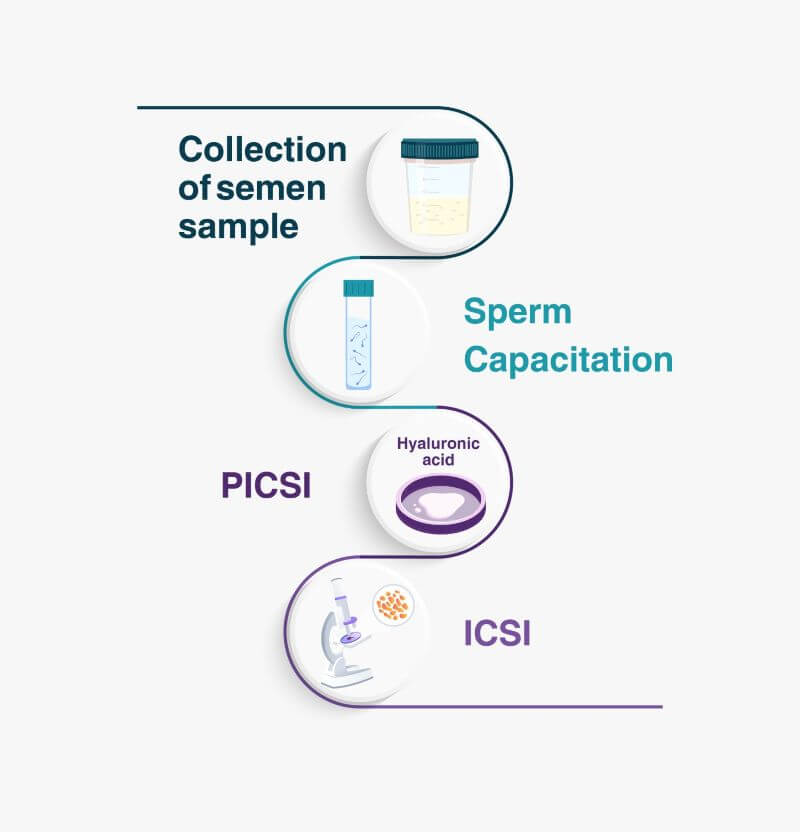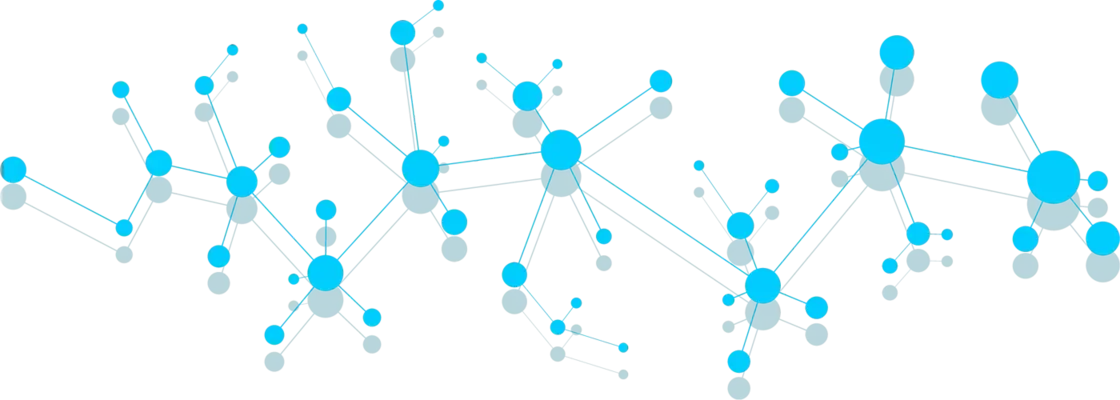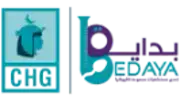PICSI
Author : Professor Ismail Aboul Foutouh
• Updated at: Jun 09, 2024 •

Many advanced techniques are currently used to overcome the problem of infertility and delayed pregnancy, including PICSI, A new technology known as Physiological ICSI or (microscopic physiological injection of sperm into the egg), through which the sperm (the smallest cell in the human body) is selected based not only on its shape or movement, but also on its biochemical maturity.
PICSI
Physiological ICSI or PICSI defines Physiological Intracytoplasmic Sperm Injection. Physiological Intracytoplasmic Sperm Injection (PICSI) is an effective technique that can be used as part of the ICSI process in order to improve pregnancy success rates and reduce the incidence of miscarriage. In Physiological Intracytoplasmic Sperm Injection, the sperm is selected based not only on its shape or movement, but also on its biochemical maturity. Physiological ICSI enables the embryologist to select sperm based on the degree of sperm maturity, it helps to ensure the chemical and biological completeness of the sperm before introducing it into the egg.
What Is PICSI?
Scientists have observed that mature sperm that contain healthy genetic material are exclusively attracted to the egg by the attractive factor hyaluronic acid present on its wall.
PICSI tests the ability of the sperm to adhere to hyaluronic acid, which is a substance found in most cells in the body, the most important of which are the cells of the membrane surrounding the egg. It is enough for the sperm receptors to sense this substance so that it is attracted to the egg and adheres to it in order to fertilize it.
PICSI is a technique that tests the ability of the sperm to adhere to hyaluronic acid, which is a substance found in most cells in the body, the most important of which are the cells of the membrane surrounding the egg. It is enough for the sperm receptors to sense this substance so that it is attracted to the egg and attaches to it in order to fertilize it.
Mature sperm that contain healthy genetic material are selected based on the physiological ICSI technique.
In PICSI technique embryologists usually use a PICSI dish.
PICSI Dish
• PICSI Dish is a dish in which sperm are placed to test their maturity.
• In PICSI the embryologist put hyaluronic acid inside a pixie dish with the sperm.
• The mature sperm swims towards the hyaluronic acid and binds to it.
• Comfortable and easy to use.
• PICSI Dish ensures increased chromatin integrity and better DNA packaging.
• PICSI Dish reduces the risk of chromosomal aneuploidy.
Sperm is prepared and selected in the PICSI Dish according to the following steps:
• Sperm is condensed in the laboratory to separate the motile sperm from the rest of the immobile or dead sperm.
• The sperm are placed on a special laboratory dish “Picsi Dish”, which contains a few drops of a synthetic substance very similar to the hyaluronic acid that naturally covers the eggs.
• Healthy sperm will swim toward the acid while unhealthy sperm will not.
• Sperm of good quality and sufficient maturity will remain acid bound so embryologist will be able to easily identify the good one.
• Unhealthy sperm are excluded while only healthy sperm are used in the ICSI process
PICSI Steps
Physiological ICSI procedure, according to the following steps:

• Hormonal treatment protocol to stimulate the ovaries to produce eggs.
• Monitoring the development of eggs from the beginning until full maturity.
• Collect mature eggs using a long, thin needle.
• Taking a semen sample from the husband on the same day as egg retrieval.
• Place the semen sample in a laboratory dish with hyaluronic acid to select healthy sperm.
• Injecting each mature egg with one sperm using a microscope
• Closely monitor the development and division of embryos
• Improving the readiness of the uterine lining for the embryo implantation process
• Transferring embryos into the woman's uterus
• Take some medications to stabilize the pregnancy
PICSI Success Rate
• The success rate of Physiological Intracytoplasmic Sperm Injection (PICSI) ranges between 60-70%, just like the rate of fertilization and embryo formation after ICSI and IVF.
In addition to PICSI, there are several other techniques that can be optionally used as part of the ICSI process in order to improve pregnancy success rates and reduce the possibility of miscarriage, including advanced sperm selection techniques in preparation for ICSI.
PICSI vs. IMSI
The difference between PICSI vs. IMSI can be explained in the following points:
IMSI
• IMSI (Intracytoplasmic Morphologically Selected Sperm Injection) is a technology used to inject sperm selected according to their structure within the cytoplasm.
• IMSI involves magnifying the sperm image 6,600 times.
• IMSI enables embryologist to select the healthiest and best-structured sperm.
• IMSI technology contributes to improving the success rate in cases involving abnormalities in sperm structure.
• IMSI can also improve the results of fertilization rates, embryo quality, and thus pregnancy rates.
• Thanks to this technology, it is possible to access the fine details of the shape and structure of sperm and select sperm free of morphological abnormalities.
• Many medical studies and research have proven the feasibility of ICSI using morphologically selected sperm in improving the chances of pregnancy and reducing the possibility of miscarriage.
• IMSI is a technique that performed in the laboratory and involves identifying sperm before injection into the egg.
PICSI
• PICSI (Physiologic Intra Cytoplasmic Sperm Injection) detects sperm that are likely to contain damaged DNA or contain the wrong number of chromosomes.
• With PICSI technique the embryologist does not select sperm.
• Sperm are selected based on their binding to a molecule similar to hyaluronic acid.
• PICSI enables the embryologist to select mature sperm that have completed their full development.
• Mature sperm that contain healthy genetic material are selected based on the physiological ICSI technique.
• Studies have not proven any harm from PICSI.
PICSI vs. ICSI
The difference between PICSI vs. IMSI can be explained in the following points:
ICSI
• ICSI (Intracytoplasmic Sperm Injection) is a method to inject sperm directly into the egg.
• The sperm to be injected is selected by the embryologist himself.
• The embryologist selects a sperm with good motility for ICSI.
• ICSI is the process of inserting the sperm directly into the cytoplasm of the egg, and it is an effective method.
• Only one sperm is used, not as is done in the in vitro fertilization process, in which tens of thousands of sperm are placed next to the egg.
• Mature and immature sperm have the same appearance so embryologist cannot select mature sperm through ICSI.
PICSI
• In PICSI technique the sperms are selected physiologically and injected into the egg.
• PICSI technique cannot be done if the sperm is unable to move.
• With PICSI sperm are not selected based on shape or movement.
• The sperm are selected based on the functional ability of the sperm.
• PICSI helps embryologist to select the sperm most capable of adhering to the endometrium (the lining of the uterus) after fertilization.
Who Needs PICSI?
Physiological ICSI helps in treating male infertility in the following cases:
• Cases who had unsuccessful ICSI.
• Physiological ICSI can be used as a Treatment of Unexplained Infertility.
• When the HBA score in the semen sample evaluation is less than 65%, which indicates a low level of mature sperm within the sample.
• Patients with altered sperm.
• Recurrent miscarriage.
• Fertilization failure.
• Failure of embryo formation and divisions.
• Poor quality of embryos.
• IVF failure.
• Patients with slow or poorly developing fetuses.
• Physiological ICSI can also be performed at the patient's request.
• Failure of embryos to implant.
• Wives with more than 38 years.
• Abnormal sperm morphology
• Men with Poor sperm motility
Advantages of Physiological Selection of Sperm for ICSI (PICSI)
• Sperm selection is done objectively and independently, far from the opinion of the embryologist, unlike what happens in ICSI.
• The selected sperm have low fragmentation rates, which reduces the possibility of genetic changes and increases pregnancy rates.
• Physiological ICSI helps select mature sperm for injection.
• Studies indicate that thanks to the physiological ICSI technique, the miscarriage rate decreases. However, this decrease in the miscarriage rate is not linked to an increase in the live birth rate because it is a slight decrease.
• Physiological ICSI is a simple method and does not require a lot of experience to develop, unlike ICSI, where there is a personal element in selecting sperm for microscopic injection.





